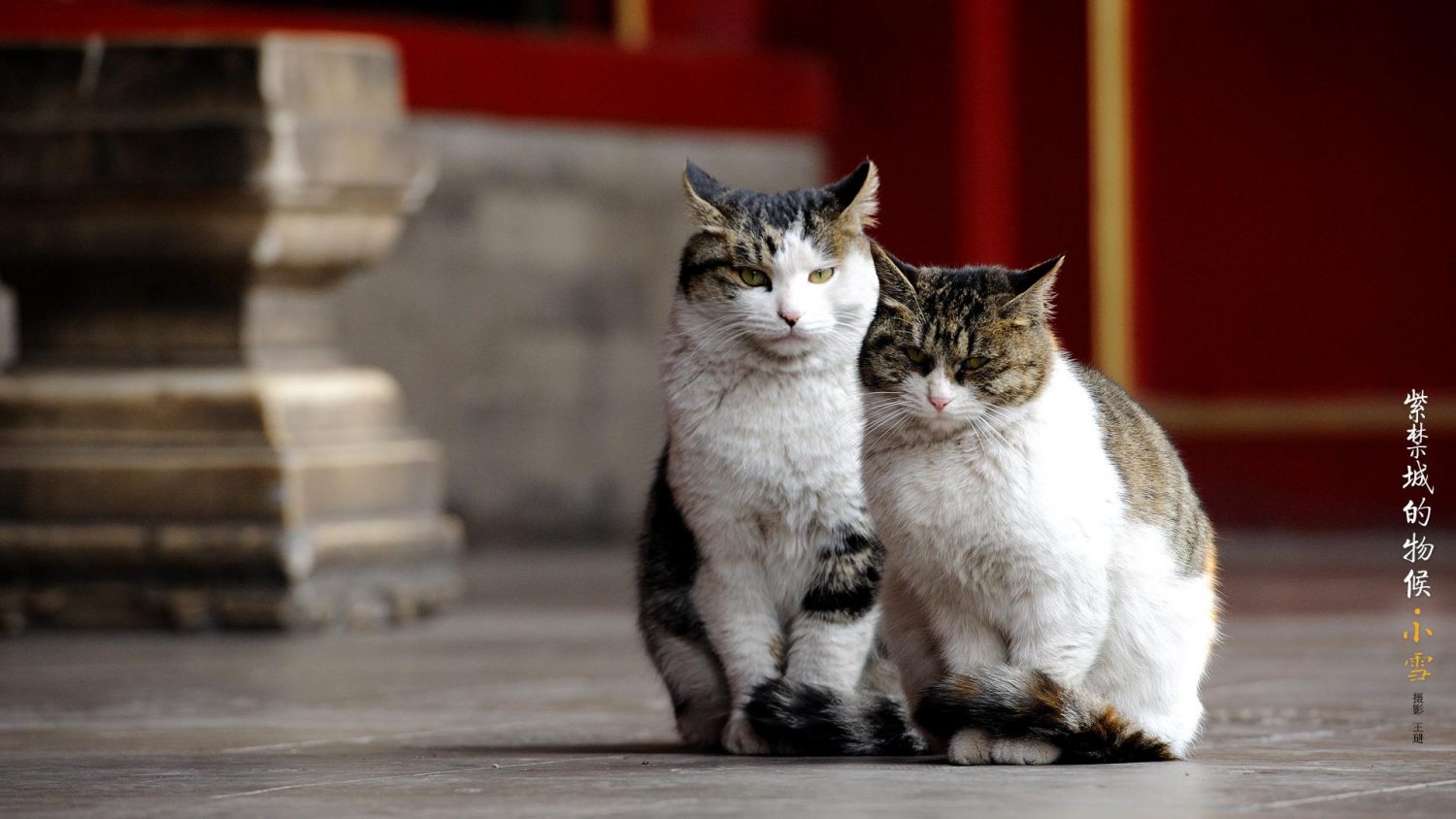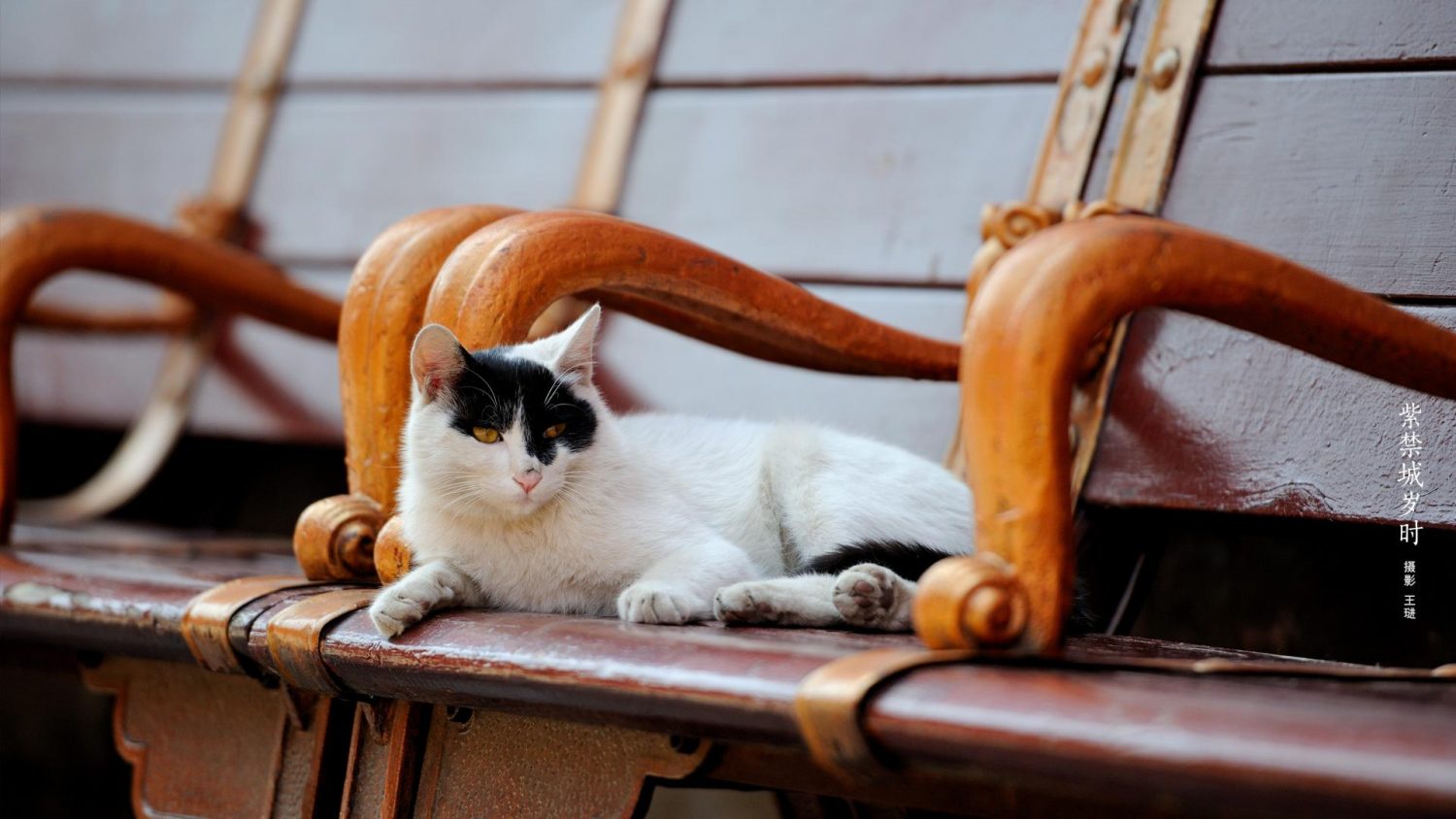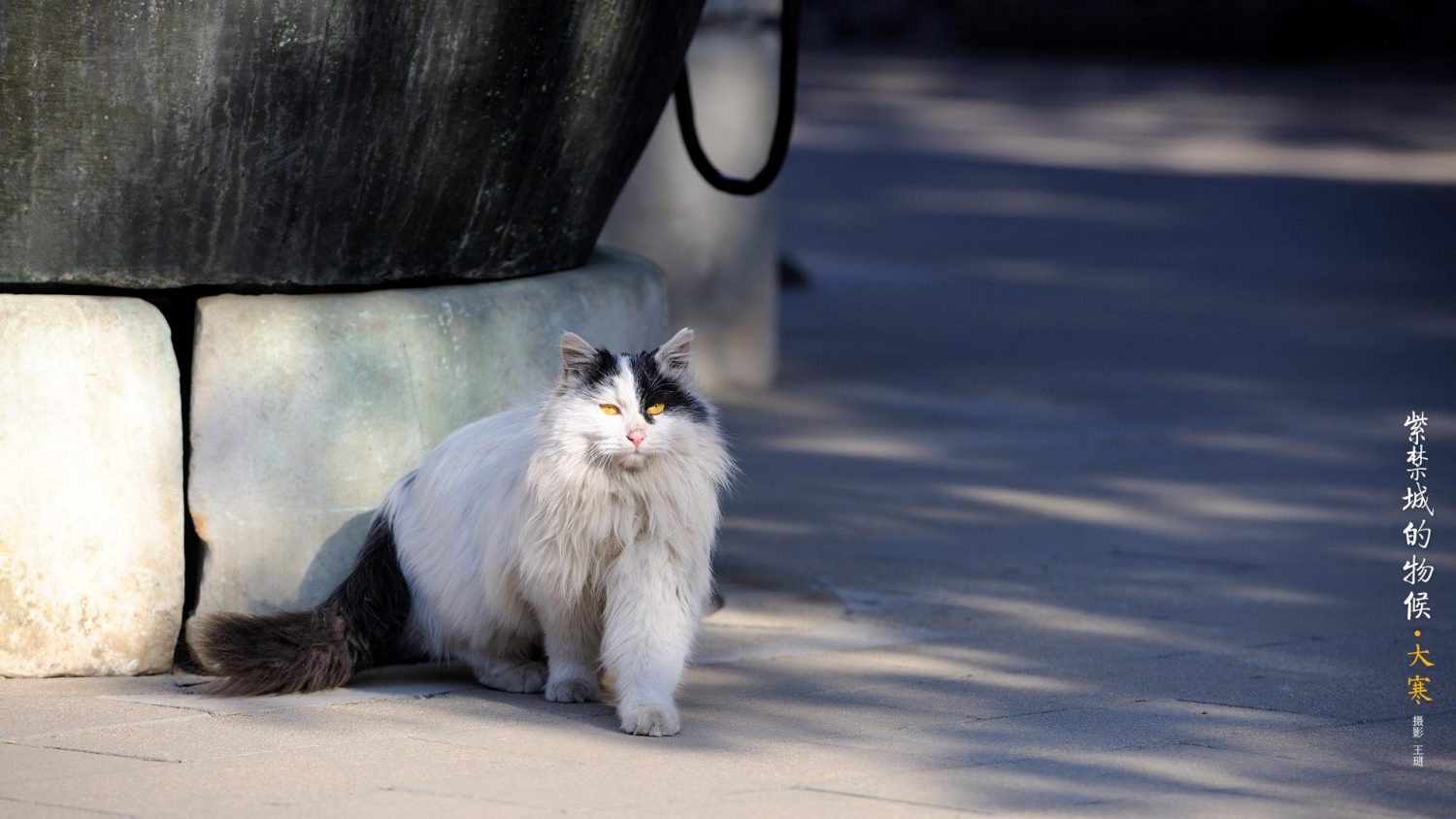Forum Replies Created
-
AuthorPosts
-
 罗雁 LuoYanKeymaster
罗雁 LuoYanKeymasterHi Raz, you can send him a message directly on this page.
On the bottom, you will see the place for you to message him. 🙂
 罗雁 LuoYanKeymaster
罗雁 LuoYanKeymasterHi, riekjecares,
I do not think so because it might be too small for you to add silk on it and the shikishi board is mounted one a cardboard which is not a scroll. Silk scroll is mounted on soft paper and can be rolled up while the shikishi paper is paper mounted on board which cannnot be rolled up.
Why not try to make a new silk scroll with materials you have? 🙂
 罗雁 LuoYanKeymaster
罗雁 LuoYanKeymasterJust in case some people might be interested. 🙂 This is the inkstone cleaner,
 罗雁 LuoYanKeymaster
罗雁 LuoYanKeymasterThank you very much! 🙂
 罗雁 LuoYanKeymaster
罗雁 LuoYanKeymasterFor me, I think it is a brilliant perspective to have both western and oriental inspirations. In 20th century, quite a few great Chinese masters in fact studied arts in Paris! And I adore their works. Maybe you would be interested in Zhao WuJi 赵无极. He does oil painting and Chinese painting. 🙂 I think he might be a good reference to you.
And, please visit inkston often because we write and publish art articles almost every week. 🙂 Recently, we write Manual of Mustard Seed Garden, which has been considered as ‘bible’ for traditional Chinese paintings for hundreds years.
https://www.inkston.com/stories/
 罗雁 LuoYanKeymaster
罗雁 LuoYanKeymasterThere is no strict regulation on how often you should clean it. However, the best way is always clean it once you finish using it. And this applies to all you other art materials too. *The majority of the inksticks from inkston are made with natural materials. The resin added in inkstick is gelatin which is obtained from animal skin/bone/fat.
However, some professionals do not clean the inkstone because they need to make special effects with the ink. This happens especially to people who use Su Ink skills. Su Ink can be easily understood as ´left over ink´. It is try and thick. The most famous Su Ink artist is Huang Bin Hong 黄宾虹. We also once interviewed on Su Ink artist and he talked about this technique too.
I went to his studio quite often and found he has many large/ huge inkstones. Some of them seem never been cleaned while some are very clean all the time.
 罗雁 LuoYanKeymaster
罗雁 LuoYanKeymasterHi, no worries about having questions! 🙂 We really appreciate your participation in the forum discussion. Many other people in fact have the similar questions.
Yes, exactly, the Qing Mo is not turpentine soot. I highly recommend you to prepare one because it has this very special and nice bluish black colour.
Please choose oil soot inkstick. Oil soot is glossy but less glossy than turpentine soot. In fact, the easy understanding of turpentine soot is the oil soot added with turpentine. Many people’s favorite one is this Jin Bu Yi Oil Soot inkstick. I would recommend this one. It has very high quality with very good price.
Later, if you want to move towards a higher grade, you can easily go from Jin Bu Yi to the next higher grade.
You might be interested in this article where we wrote about different types of inks. 🙂
 罗雁 LuoYanKeymaster
罗雁 LuoYanKeymasterHi, the Green Tea inkstick has turpentine in it and to be more specific, it belongs to this category, Gong Yan Royal Warrant or Imperial Ink.
https://www.inkston.com/shops/inks/ink/super-glossy-black/royal-oil-soot/
The Tie Zhai Weng is another very famous classic turpentine inkstick. In fact it is more expensive than the Green Tea inkstick if you notice the weight. 🙂 I like this Tie Zhai Weng inkstick very much.
Green Tea Royal Oil Soot Black Inkstick: 122g
Tie Zhai Weng inkstick: 50g
I think both are quite good options for you.
 罗雁 LuoYanKeymaster
罗雁 LuoYanKeymasterHi, molchansky.eyal, I would recommend you to try these two:
A famous bluish black inkstick:
Green Tea Royal Oil Soot:
*this might not be very brownish but you can try to add a bit brown pigments such as ochre brown in the ink. This works fine.
-
This reply was modified 7 years, 10 months ago by
 罗雁 LuoYan.
罗雁 LuoYan.
3rd January 2018 at 2:57 am in reply to: How can I avoid ink ´running off the painting´when I mount my painting? #17660 罗雁 LuoYanKeymaster
罗雁 LuoYanKeymasterThank you dear charlestsua for your wonderful post! 🙂
Here is a question from a comment on Inkston Facebook discussion group *Chinese fine art and craft stories:
Chew Lung Lee: How about try to spray a weak solution of vinegar mixed with water onto the inked writing n dried first before starting the whole process.
 罗雁 LuoYanKeymaster
罗雁 LuoYanKeymaster Hi, we have one discussion on this subject and shared one recipe from an old mounting master in Shanghai. You might find it useful.
Hi, we have one discussion on this subject and shared one recipe from an old mounting master in Shanghai. You might find it useful.And, we would also recommend you to put the pastry in container and cover it with film, and then leave it in fridge. (* some experts do not use fridge. Instead they leave the pastry in a container and then leave the container in cold fresh water to keep it cool. Certainly, this ensures a perfect temperature for the pastry.) Whenever you need to use it, take out a small portion and use clean water to ‘wash’ the pastry. Use a filter to get rid of extra fiber of flour. Add some clean water to the ‘glue without fiber’. Then you get the perfect flour glue. This will further help you get a perfect mounting result. It needs practice. 🙂 And be careful the pastry might get bad easily especially in summer. So keep it fresh the same way as you keep fruits/ vegetables at home.
-
This reply was modified 7 years, 11 months ago by
 罗雁 LuoYan.
罗雁 LuoYan.
 罗雁 LuoYanKeymaster
罗雁 LuoYanKeymastercannot agree more with you!
 罗雁 LuoYanKeymaster
罗雁 LuoYanKeymasterHello, you can check the notes on the pigments to see if they are mineral based or plant based colours. 🙂 Natural pigments functions well on Xuan papers. If they are industrial pigments, I would suggest you to try watercolors specially made for Chinese painting/ Sumi E. For example, Marie’s Chinese paints, Japanese Sakura Chinese paints, Jiang SiXu Tang’s paints are typical paints for Chinese painting/ sumi e. And some of the colours can function well on Xuan paper too but you need to test them one by one. I once tried watercolour from Holbein and found the colours ‘run away’ when the paper gets wet.
 罗雁 LuoYanKeymaster
罗雁 LuoYanKeymasterHi, I tested before. One mounting master taught me a trick: put the painting in a plastic bag and fasten the bag. Then steam it for a while. Afterwards, mount it. This helps lock the colours on paper.
Another reason to explain the problem is the pigments you use. If you use high grade natural pigments, the colour will not move at all. 🙂 For example, Jiang SiXu Tang´s natural colour chips work extremely well for mounting. For example,
If you want to use industrial pigments, then use paints which are specially for Chinese painting. For example, these colours,
https://www.inkston.com/es/shops/tintas/chinese-paints-tubes-es/
And also, you need to mount after the painting is completely dry.
-
This reply was modified 7 years, 10 months ago by
-
AuthorPosts





